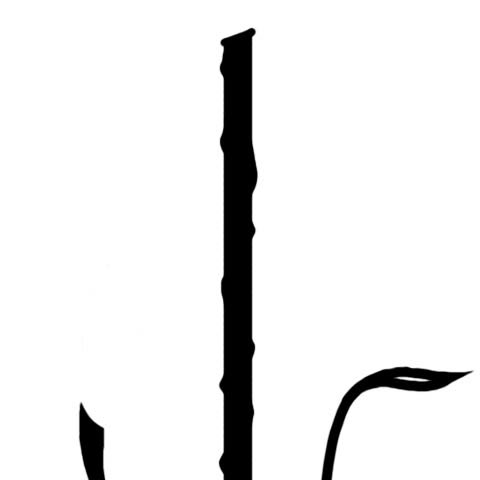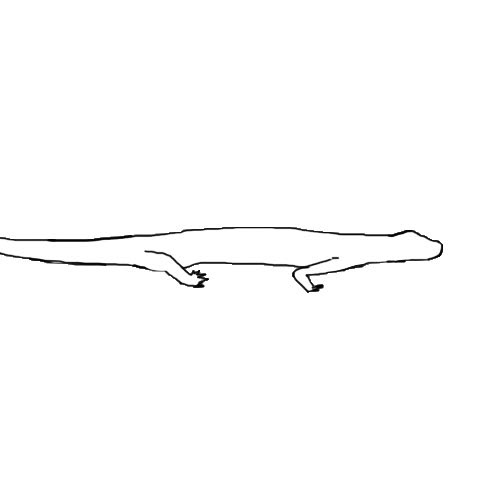My goal for this project is to create a procedural environment using rocks, animals, and foliage. To begin the project I went through a planning phase in which I created a mood board along with some spreadsheets. They are below.




Taking what I have placed into my spreadsheets I have created object silhouettes that I can use as reference while modeling.

Bamboo

Blechnaceae

Dryopteridaceae

Gardenia

Juniper

Love Grass

Marsileaceae

Oil Grass

Quack Grass

Liverwort

Yew

Snake Front

Snake Side

Salamander Side

Salamander Front

Rabbit Side

Rabbit Front

Blue Bird Side

Blue Bird Front

Bat Side

Bat Front
I did not silhouette the minerals because I felt that they were unnecessary. I decided to start by making the fir tree so I could find out if I had planned to do too much work or not before spreading my efforts thin.
using this kit I textured it with assets I took from the internet to test how it would probably look. The tree and the textured tier two kit are below.
After doing the test tree I recognized some inefficiencies in my process that would cause the total poly count of the environment to be far too high. In order to combat this I did some research into techniques that would allow for lower poly counts. I decided that I would use a medium poly solution where I use planes to make up the fractal content of each branch and model the rest of the tree. The white pine tree branches below are images that I took using my DSLR for the exact purpose stated.
This is a seamless texture that I created in Photoshop using a picture I took of the white pine's bark.


When attempting to render out my completed tree there was a bug with Arnold renderer that would overdraw opacity maps in the render view causing black squares to cover my renders of the tree. So instead I just took a screenshot of the completed asset in UE4.
It took a lot of research, trial, and error in order to finish this single asset and I was nearing the end of the semester. The main goal of this project was to experiment with Unreal Engine 4 so I took my tree that I created and used a service called Quixel in order to make it possible to start working in UE4 immediately. Unfortunately, I underestimated exactly how much time I would need and completely over blew the scope of this project. so I will be forgoing most of the modeling that I originally had planned.
Below is a screenshot showcasing one of my many tiles that I created using a variety of materials and features of UE4.
The thing that makes making these landscapes easy is the master material that I creating using some textures from Qiuxel's library, there are a total of 8 tiles that I created. This material chooses which texture information to display based on the landscapes slope values, making grass disappear based off of how steep the ground is. Below is the master landscape material.
With the tiles done the next step was to create the tiling script. This script takes an array, creates instances of random objects from the array, and places them in sequential order as a grid. This allows for the random generation of the environment using tile sets.
After that I used a newer feature in UE4 that will randomly spawn foliage based off of a seed and used this to randomly generate tree and rock placements for each tile.
The final step was to create a rendered demonstration of the level; Unfortunately, UE4 will not let you render anything while a script is either running or paused, as a result I was forced to record my screen in order to showcase it's functionality. The frame rate suffered as a result, the video is below.





